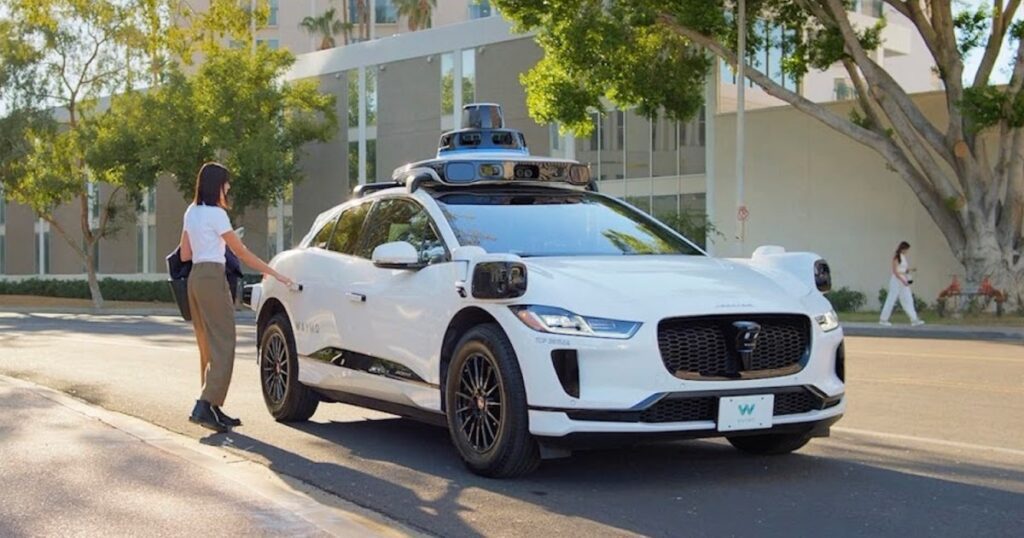The Robotaxi Revolution: Safety First in 2024’s Autonomous Driving Era
Love them or hate them, robotaxis are definitely steering conversations in 2024. Beyond the intriguing marketing hype surrounding Tesla’s new Cybercab, safety has emerged as a major topic of discussion. A recent survey found that a significant 68% of Americans express safety concerns over self-driving vehicles (SDVs) hitting the streets. Interestingly, within this skeptical group, more than half believe that potential SDV safety issues can be resolved or think that these vehicles could actually outpace human drivers in terms of safety.
This dilemma has prompted companies like Waymo, owned by Alphabet, to put a considerable emphasis on safety. As the only operator of a functioning robotaxi service in the United States, Waymo is keenly aware of public perception and strives to ease concerns. In fact, a new study conducted in collaboration with Swiss Re, an insurance company, claims that Waymo’s autonomous driving technology has outperformed human drivers when it comes to safety metrics.
The research compared liability claims against Waymo’s robotaxis with those of human drivers, analyzing Swiss Re’s data from over 500,000 claims and more than 200 billion miles of driving exposure. The findings are nothing short of impressive; Waymo’s statistics show an astonishing 88% reduction in property damage claims and a staggering 92% reduction in bodily injury claims when compared to human drivers. To put it into perspective, in the 25.3 million miles driven by Waymo, there were only nine property damage claims and two bodily injury claims. In contrast, during the same distance, human drivers would typically be expected to generate 78 property damage claims and 26 bodily injury claims, according to Swiss Re.
“This analysis complements our safety impact data, which indicates that over the 25 million fully autonomous miles driven, the Waymo Driver had fewer serious collisions than human drivers, irrespective of fault,” Waymo mentioned in a recent blog post. This comprehensive focus on safety has helped Waymo gain a foothold with regulators, making it the only robotaxi service able to persuade U.S. authorities of the technology’s reliability.
In stark contrast, rivals are facing challenges. General Motors’ Cruise had to halt its testing program last year after a tragic incident involving a pedestrian fatality, with GM recently deciding to withdraw financial support for the venture altogether. Tesla, on the other hand, is currently under regulatory investigation after incidents involving its full self-driving software, which has been implicated in three collisions and a fatal crash. Despite these concerns, Tesla remains optimistic about launching its Cybercab robotaxi service by 2025.
However, it’s worth noting that Tesla CEO Elon Musk seems to be pursuing a different strategy than Waymo to tackle safety apprehensions. Recently elevated to head a new governmental agency, Musk appears to have swayed the incoming Trump administration to ease regulations around self-driving vehicles, including those pertaining to crash reporting.
As the robotaxi landscape continues to evolve, these developments raise important questions about the future of transportation safety. Will the promises of technology truly outweigh our instinctive fears? Only time will tell, but it’s clear that the industry is taking significant strides towards addressing these concerns.
The AI Buzz Hub team is excited to see where these breakthroughs take us. Want to stay in the loop on all things AI? Subscribe to our newsletter or share this article with your fellow enthusiasts.




